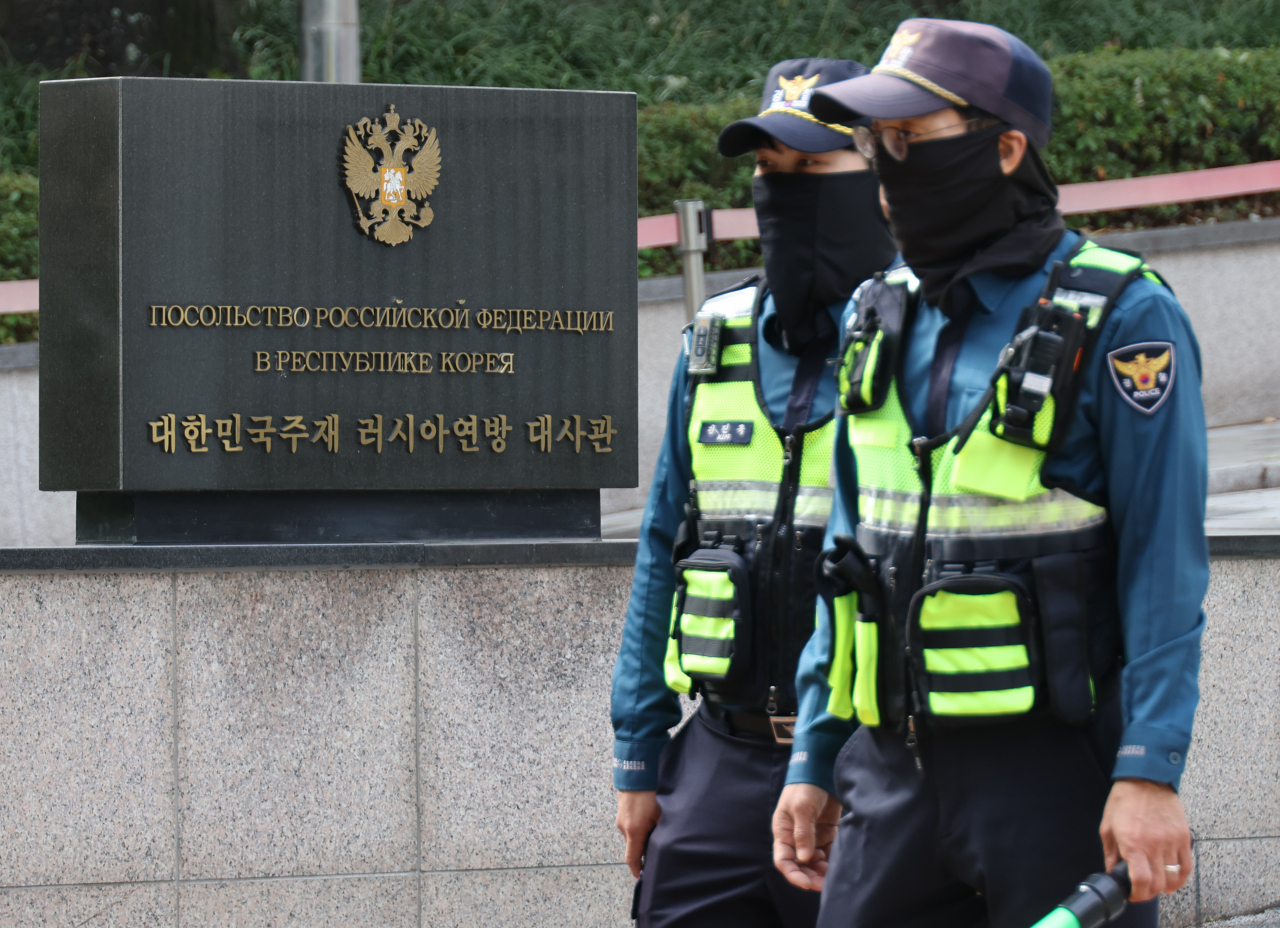QATAR MUSEUMS UNVEILS UNPRECEDENTED EXHIBITION OF MODERN AND CONTEMPORARY VISUAL ARTS AND ARCHITECTURE FROM PAKISTAN
DOHA, Qatar,Nov. 6, 2024/PRNewswire/ -- Qatar Museums opened a first-of-its-kind exhibition exploring arts and architecture fromPakistansince the 1940s.

On view throughJanuary 31, 2025,MANZAR: Art and Architecture fromPakistan1940s to Today brings together more than 200 artworks—paintings, drawings, photographs, videos, sculptures, installations, tapestries and miniatures, plus commissioned works by artists and architects currently living and working inPakistanand its diasporas—to present various views of the country's artistic and architectural movements.
The Amir His Highness SheikhTamim bin Hamad Al Thani, Her Excellency Sheikha Al Mayassa bintHamad bin Khalifa Al Thani, Chairperson of Qatar Museums, His Excellency Muhammad Shahbaz Sharif, and Prime Minister of the Islamic Republic ofPakistan, inaugurated the exhibition, alongsideCatherine Grenier, Director of Concept of the Art Mill Museum and the curatorial team.
Organised by the future Art Mill Museum and presented in collaboration with the National Museum of Qatar, MANZARpresents the diverse output of the artists, architects, and others who have defined the narratives, histories, and contemporary perspectives ofPakistan'scultures over the past eighty years.
Through twelve themed galleries, the exhibition includes unprecedented loans from public Pakistani institutions such as the Alhamra Art Museum inLahoreand Pakistan National Council of the Arts inIslamabad; loans from private collections acrossPakistanand inDubai,LondonandNew York; and works from Qatar Museums collections.
MANZAR is an Urdu and Arabic word meaning scene, view, landscape, or perspective. The exhibition begins with artists such asAbdur Rahman ChughtaiandZainul Abedin, who worked during the British Raj, and continued their practices in what became West andEast Pakistan. The Partition of 1947 was—and still is—a major subject for artists such asAnna Molka Ahmed,Zarina and Bani Abidi. Organised loosely chronologically, the exhibition moves into aesthetic experiments by artists includingShakir Ali, Zubeida Agha, Murtaja Baseer and Sadequain, who developed highly personal modes of expression in urban centres includingKarachi,Lahore,Dhakaand the twin cities of Rawalpindi andIslamabad.
Special attention is given to architects who transformed the country's landscape and articulated the ambitions of its institutions through major building projects. The first phase of development involved the expertise of many modern Western architects, such as the French Michel Ecochard, who built the first university inKarachi; Konstantínos Doxiádis fromGreece, who was in charge of planning the future capitalIslamabad; and architects from US who contributed to the establishment of the nation-state's institutions, such asLouis Kahn,Richard NeutraandEdward Durell Stone.
MANZAR then focuses onPakistan'srole in the debate on regionalism in architecture, with the backdrop of the Aga Khan Award for Architecture, held for the first time inLahorein 1980. The works of major architects such asNayyar Ali DadaandKamil Khan MumtazfromLahoreand Yasmeen Lari,Habib Fida AliandArif HasanfromKarachiwill be presented in the context of this intellectual explosion.
Among the highlights by visual artists are works by Zahoor ul Akhlaq,Imran Mirand Rasheed Araeen, whose multidisciplinary approaches, involvement in educational initiatives, and theoretical writings challenged Western art history and traditions at home and internationally. Influential figures of different generations, such asSalima Hashmi,Quddus Mirza, Lala Rukh,Durriya Kazi, are represented. Alongside them areRashid Rana,Imran Qureshi, Risham Syed and Hamra Abbas, who are known as key educators at the National College of Art and BeaconhouseNational UniversityinLahore; and atKarachiUniversity and Indus Valley School of Art and Architecture inKarachi.
This exhibition marks a significant development inQatar'scultural landscape, bringing to light lesser-known global art histories and demonstrating how they weave into broader social and cultural trends. The themes explored range from nation-building and regionalism to the politics of land and water, emphasising the connection betweenPakistan'scultural heritage and contemporary practices. The exhibition hopes to connect with and pay tribute to the many communities inQatarwho have origins in this part of the world and act as a bridge between different cultures.
The exhibition is curated byCaroline Hancock, Art Mill Museum Senior Curator of Modern and Contemporary Art; Aurélien Lemonier, Art Mill Museum Curator of Architecture, Design and Gardens; and Zarmeene Shah, independent curator, writer and Director of Graduate Studies at the Indus Valley School of Art and Architecture inKarachi.
A 312-page exhibition catalogue (featuring 500+ illustrations and designed byKiran Ahmad) is published by the future Art Mill Museum. It includes essays by major art and architectural historians, educators and artists and architects fromPakistanand beyond. A vibrant public programme featuring performances, talks, screenings and other events will accompany the exhibition. Members of the public can view newly commissioned indoor and outdoor installations and explore contemporary projects which are centred around sustainability and ecologies.
The exhibition is presented as part of the Fall/Winter 2024-2025 Season of Qatar Creates, a platform dedicated to amplifying the voices ofQatar'screative industries and promoting cultural activities within the country.
For more information, visit:nmoq.org.qa/en/calendar/manzar-exhibition/.

SOURCE Qatar Museums

- HOT NEWS
- Ingenico and Crypto.com Partner to Launch a Seamless Crypto Payment Solution for Millions of Ingenico Merchants Worldwide
- GAC Paves Way to Australian Market Entry with AION Debut at MOBILITY LIVE 2024
- Rock climbing route names accused of being misogynistic
- Coupang founder to sell $360m of stock



